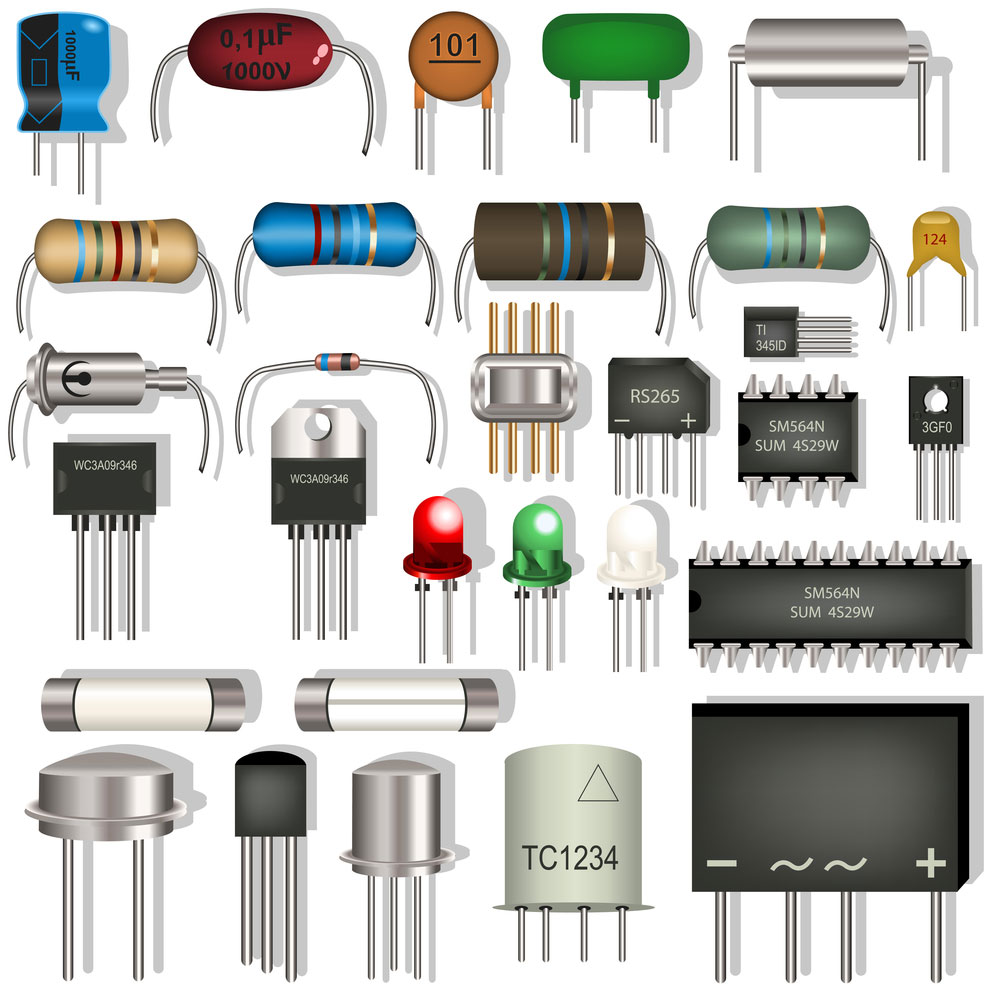In the realm of electronics, transistors stand as the unsung heroes, silently powering the devices that have become an integral part of our daily lives. From smartphones and computers to medical equipment and space exploration, transistors play a pivotal role in enabling the functionality and advancement of modern technology. In this article, we will delve into the depths of what transistors do, exploring their significance, operation, and impact on various industries.
- The Foundation of Transistors:
At its core, a transistor is a semiconductor device that regulates the flow of electrical current. It consists of three layers: the emitter, base, and collector. These layers are typically made of materials like silicon or germanium, carefully engineered to exhibit specific electrical properties. The arrangement of these layers forms either a PNP or NPN transistor, each with its unique characteristics and applications. - Amplification: Unleashing the Power:
One of the primary functions of transistors is amplification. By controlling the current flowing through the base, transistors can amplify weak signals into stronger ones. This capability is crucial in audio systems, where weak sound signals need to be boosted to produce clear and powerful sound output. Transistors also find extensive use in radio frequency (RF) amplification, enabling efficient communication across vast distances. - Switching: Controlling the Flow:
Transistors excel at switching electrical signals on and off rapidly. By applying a small current to the base, transistors can control the larger current flowing through the collector and emitter. This ability to act as a switch is fundamental in digital electronics, where transistors form the building blocks of logic gates. These gates, in turn, facilitate complex computations and enable the creation of digital circuits, forming the backbone of computers and countless other digital devices. - Memory and Storage: Storing the Future:
Transistors also play a crucial role in memory and storage technologies. In dynamic random-access memory (DRAM), transistors are used to store and retrieve data by holding electrical charges in tiny capacitors. Flash memory, commonly found in USB drives and solid-state drives (SSDs), utilizes transistors to store information in non-volatile memory cells. These advancements in transistor-based memory technologies have revolutionized data storage, enabling faster access speeds, higher capacities, and more reliable data retention. - Power Regulation: Efficiency and Control:
Beyond amplification and switching, transistors are vital in power regulation. Power transistors are designed to handle high currents and voltages, making them essential in regulating and controlling electrical power in various applications. From voltage regulators in power supplies to motor control in industrial automation, transistors ensure efficient power management, enhancing performance, and safeguarding electronic components.
Conclusion:
Transistors, the unsung heroes of modern technology, have transformed the world as we know it. From their humble beginnings as simple amplifiers to their pivotal role in digital circuits, memory technologies, and power regulation, transistors have revolutionized industries and propelled technological advancements. Understanding the multifaceted capabilities of transistors allows us to appreciate their significance and opens doors to further innovation and breakthroughs in the ever-evolving landscape of electronics.

